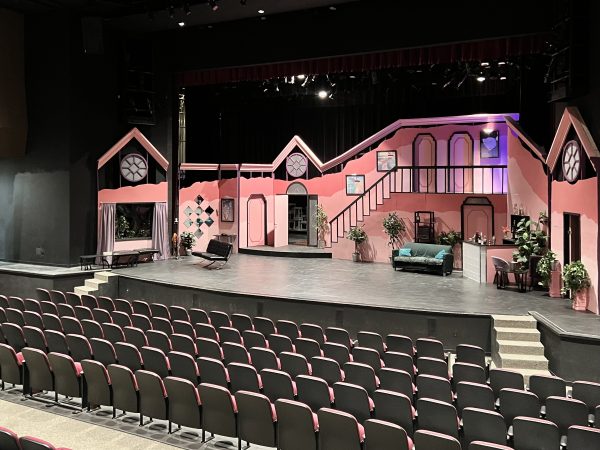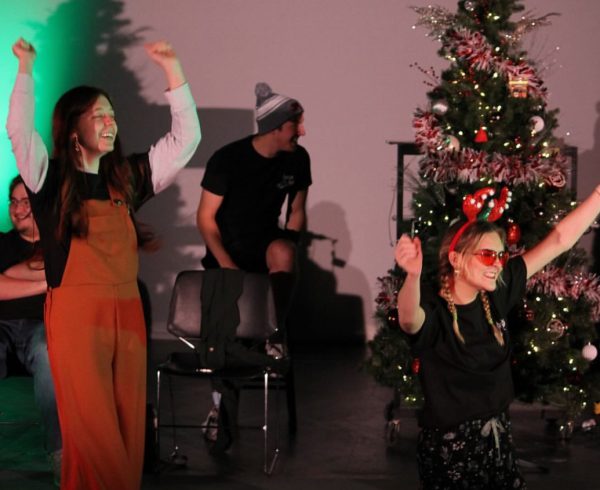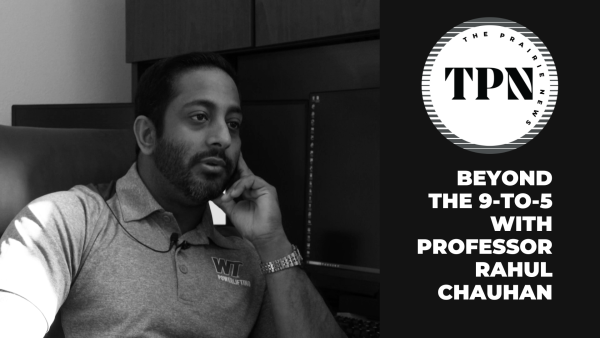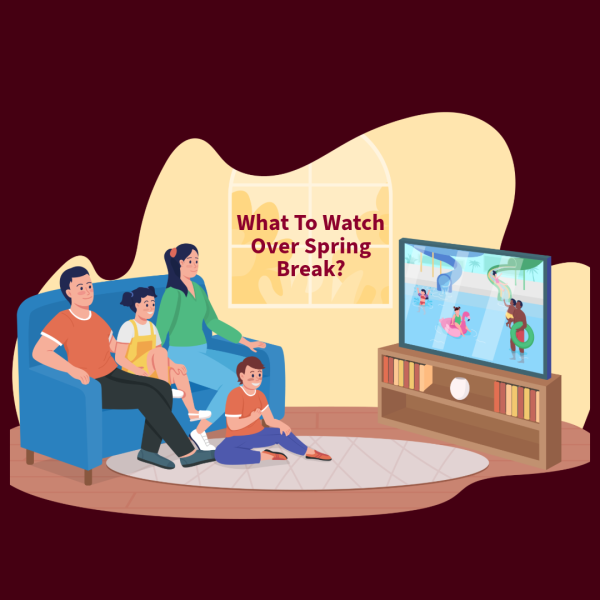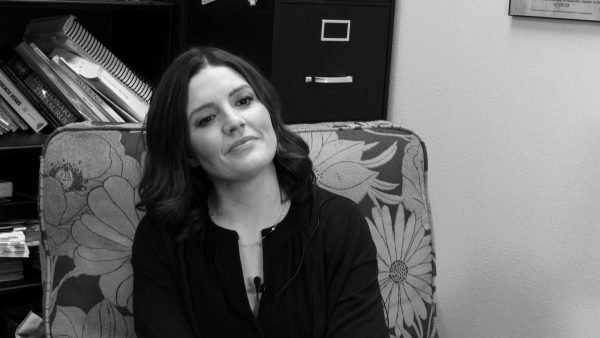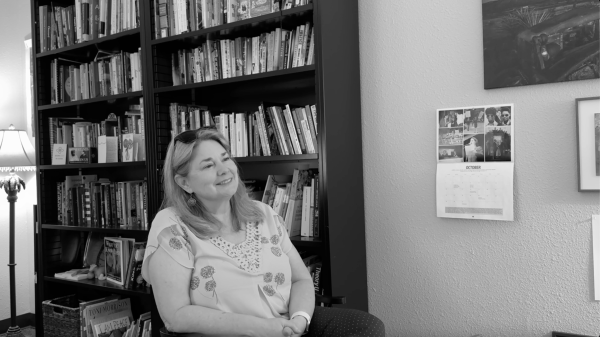The Last Metroid is in Captivity. The Galaxy is at Peace

October 22, 2015
Who would have thought that a simple raid on some backwater colony in the middle of Nowhere, Space would end up creating “The Hunter”, the scourge of the Space Pirates? At the time, it seemed like a simple enough plan to Ridley, the feared draconic general of said pirates. Rush in, slaughter everyone on the planet, take everything not nailed down, than skedaddle before the Galactic Federation shows up. Imagine his surprise when, a couple of decades later, he’s felled by the same little girl he nearly burnt to a crisp all those years ago, now a fully armed and armored warrior of mass destruction, who then proceeds to undo everything the pirates have and will plan every single time.
One of Nintendo’s more iconic titles, Metroid is a series of “Metroidvania” styled games featuring Samus Aran, bounty hunter and eternal enemy of the Space Pirates. The games are noticeable in that, for the most part, the player isn’t given a solid direction on where and how to reach their directive. They have to travel the world, searching for power ups, upgrades, and a whole manner of items to open new areas and fight enemies. First launched in 1986 on the NES, Metroid helped define the “Metroidvania” genre. It’s named after, of course, Metroid and Castlevania, two series that emphasize traveling and exploring maps to gain powers and open new locations.
The games don’t have as big of a cast as some other Nintendo series might possess, like The Legend of Zelda or Pokémon, but each one has noticeable and unique designs where it’s easy to tell who’s who. The story of each game follows Samus on her different missions across the galaxy to stop whatever emerging threat the Space Pirates are involved with this time. Samus herself was orphaned after a Space Pirate raid destroyed her colony of K-2L, where her mother sacrificed herself to save her daughter and was rewarded with being incinerated by Ridley himself, cementing the dragon as her eternal nemesis. Being the only survivor, she was saved by an ancient and wise race of bird-like aliens called the Chozo. There, she was raised by them and trained her in the ways of the warrior, infusing her with their DNA and making her more powerful than any normal human.
Opposing Samus are the aforementioned Space Pirates, a confederacy of different species that all have the same aspiration of obtaining technology to further assist their conquest. The leader of these marauders is the organic supercomputer known as Mother Brain. Created by the Chozo to aid them in their research, she later betrayed them to the Space Pirates when she saw a better alternative to her existence. While a number of generals serve under her, none or more noteworthy than Ridley, the ruthless space dragon responsible for Samus’ ruined childhood. A sadistic, bloodthirsty, and cunning foe, he is easily Samus’ most personal enemy. No matter how many times she kills him, the accursed thing just won’t stay dead. Time after time, Ridley is healed and resurrected by the pirates, becoming more monstrous with each return. A number of other villains also exist; one of them easily being the most powerful creature Samus has ever fought, but Mother Brain and Ridley are considered the main villains of the series.
Ah, but you’re probably wondering just WHY the series is called Metroid, aren’t you? Well, that’s the name of the titular parasitic organism that will haunt your nightmares. The Metroids, a name that means “Ultimate Warrior” in the Chozo language, are organic weapons created by, guess who, the Chozo, as a means to eliminate an even GREATER threat known as the X-Parasites. Unfortunately, when Mother Brain betrayed them, she also gave the Space Pirates access to the species. Metroids, in their iconic larval stage, vary in size, but always share the same characteristics: they float, they make a bone-chilling chirping sound, have sharp teeth, and are absolutely ravenous, attaching themselves to the head/face of their prey to feast upon their life energy, leaving nothing but a shriveled, empty husk that’s nothing but dust (Fun Fact: Metroid was heavily inspired by the Alien franchise, so your worst enemies are essentially floating Face Huggers. Sweet dreams!). They have but one weakness: extreme cold freezes them solid, making them vulnerable to missiles. Of course, this is just the basic strand of Metroids, not taking account of what happens when Phazon is added into the equation or when they begin to evolve…
The series is primarily in the form of 2D platformers and is the style that Metroid, Metroid II: The Return of Samus, Super Metroid, and Metroid Fusion sticks with. In 2002, after the series had lain dormant for 8 years (a record we’re currently getting close to at 5 years right now), Nintendo and Retro Studios made the daring and controversial decision to bring the series into 3D and First Person. Thus, Metroid Prime was released to the masses and the gambit paid off. The game was critically acclaimed, being cited not only as one of the Gamecube’s best games, but also one of the best games of all time. Two more sequels, Metroid Prime 2: Echoes and Metroid Prime 3: Corruption went on to be made, both also scoring acclaim, making the Metroid Prime Trilogy one of Nintendo’s best series. The trilogy is currently available on the Wii U to download, so I highly suggest nabbing three of the best games Nintendo has put out in the last decade or so.
Now, I wasn’t kidding when I said that we’ve been about 5 years without a new Metroid title. The last game to come out was Metroid: Other M, the second game in the series to release on the Wii (after Corruption) and EASILY the most divisive game in the franchise. Hoo boy, I’m opening up a can of worms just by talking about it. The game, taking place between Super and Fusion, goes for a third-person action styling that blends aspects from the Prime games and the original games. A number of people didn’t like the gameplay, but it seems that most accepted it and is generally considered one of the few good things about the title. The main issue most people talk about is the story and how it’s executed. I won’t go into detail, but I will say this: The game was made to try and grab the attention of the Japanese audience, where the series wasn’t actually that big compared to its popularity in America. While it seems like they succeeded to an extent, though a portion of players were still apathetic about the game, the game ended up SPLINTERING the larger western fanbase, with people up in arms about Samus’ portrayal, the voice acting, and what not. You can ready countless arguments about it online, but I’m just giving you the gist of it here. Trust me, it’s better that way.
While the hope of a new Metroid seemed grim for a time, there is reason to still hang on. The aforementioned release of the Metroid Prime Trilogy, comments by Shigeru Miyamoto that Retro Studios would be his first pick for someone to develop a new addition, and the confirmation that TWO games, one a tradition 2D platformer and another possibly being something similar to Prime, are in the works have helped ease fears that the series was done after the Other M debacle. While we might not see a release this year, perhaps there’ll be something to look forward to in 2016.
EDIT: This was written before the announcement of Metroid Prime: Federation Force at E3 2015. A spinoff game that seeks to expand the Metroid universe from the perspective of the Galactic Federation, the reveal drew initial heavy criticism from fans, but reception warmed after some time.




